Government Approves Trial of Sustainable Prefab Homes
Recurring floods plague many communities globally, forcing families from homes each rainy season with little dignity or shelter support. Addressing this burden, China’s Ministry of Housing and Urban-Rural Development recently approved a two-year pilot program of an innovative prefabricated housing solution. Developed by builder Lida Group, the easy-install homes utilize composite wall panels and integrated solar power aimed at providing dignified interim shelter for annual flood victims.
As climate change exacerbates natural disasters, transitional housing challenges grow more urgent. Mass evacuations overwhelm basic tent cities while temporary structures fail under extreme weather. Seeking better interim options, the Ministry selected Lida Group’s design centering sustainable materials and autonomous power. Installed rapidly via specialized freight trucks, units can house up to eight people affordably while families rebuild long-term. The trial will evaluate real-world performance across 100 homes spread over four flood-prone provinces.
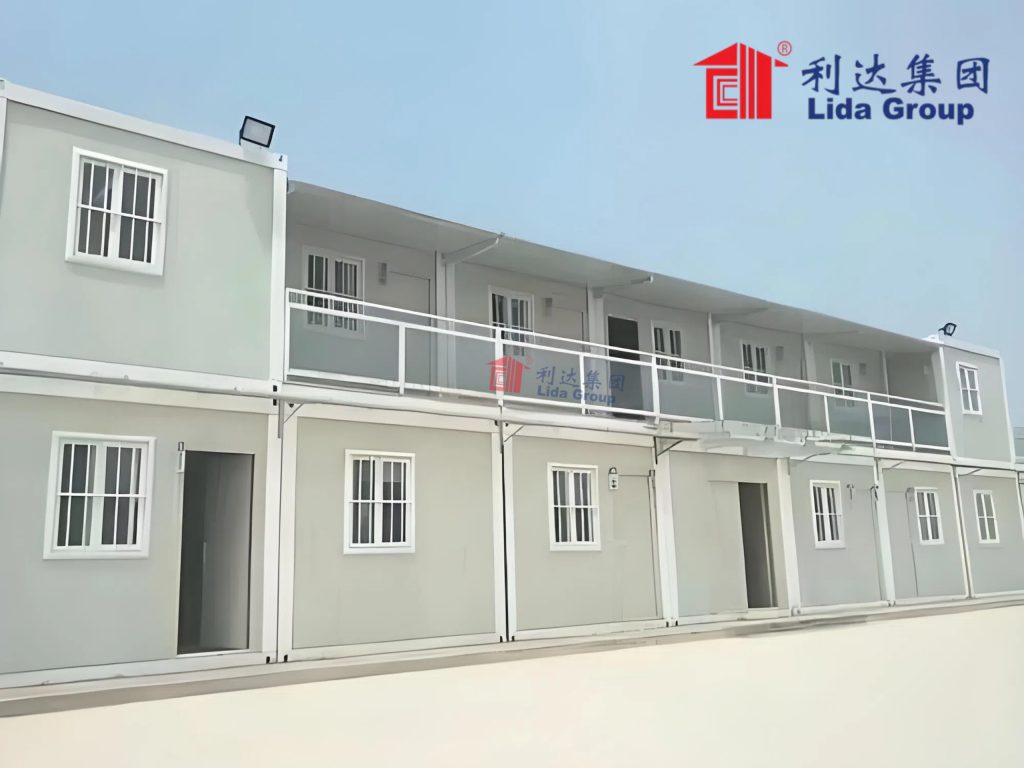
Construction Process
At Lida Group’s Weifang factory, off-site prefabrication streamlines home assembly. Composite insulated wall and roof panels constructed within steel framing, sized for efficient module stacking, lifting and transport by trailer. Integrated 45W solar arrays supply basic electrical needs during deployment. Panels connect via weatherproof proprietary joint systems tested under extreme conditions simulating multiple deployments. Quality control ensures structural integrity, leak resistance and easy installation/disassembly.
Deployment crews receive module handling certification. Using specialized trucks with built-in cranes, two-person teams lift complete rooms from transport trailers in under 15 minutes. Rooms simply connect to adjacent units through camlock connectors bolted smoothly in place. Within four hours a basic 32m2 one-bedroom home stands complete with furnishings, electricity and plumbing ready for occupation. Demounting reverses the process to reusable component modules.
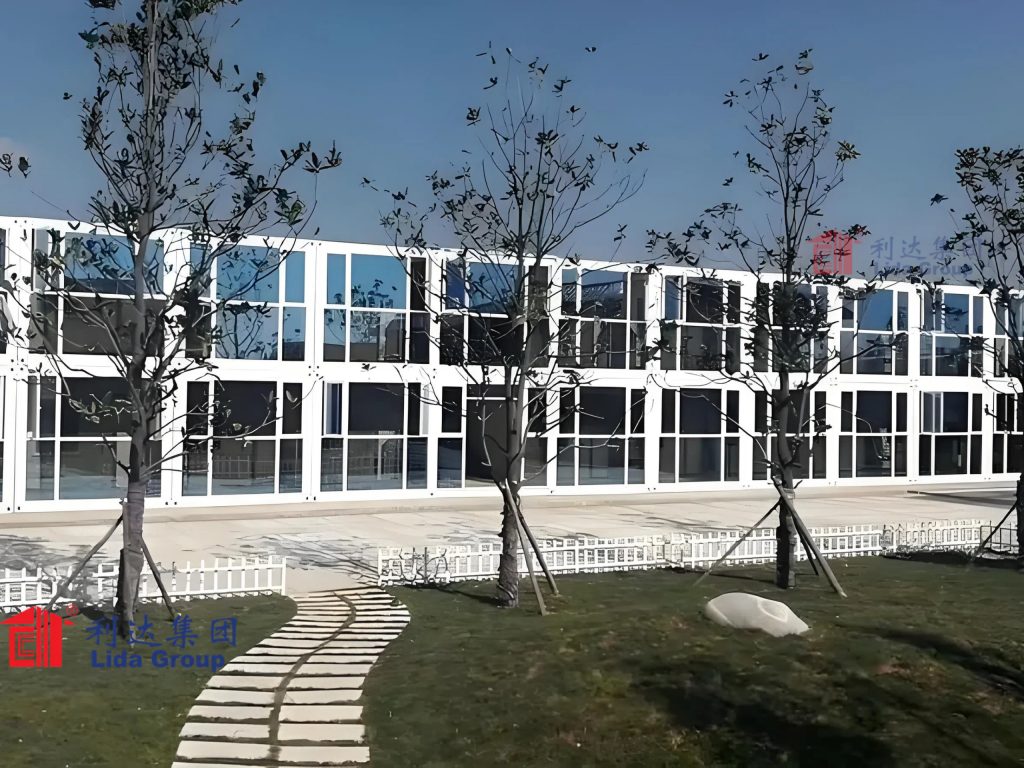
Living Experience
Homes feature spacious living areas, kitchenettes, bathroom facilities and comfortable sleeping quarters for eight residents. Reinforced insulated walls maintain comfortable temperatures year-round. Integrated solar kits power LED lighting, small appliances and device charging stations to enhance daily life quality. Self-sustaining power ensures consistent electricity regardless of infrastructure damage during flooding emergencies.
Occupants unanimously praise homes’ clean, dignified shelters far surpassing basic tents or evacuation centers. Protected interior spaces empower normalcy even during forced displacement. Property security eases anxieties of those previously vulnerable to theft in less secure settings. Solar energy fosters independence and access to basic comforts providing renewed morale after disaster trauma. Communities integrate seamlessly into residential developments after temporary habitation period concludes.
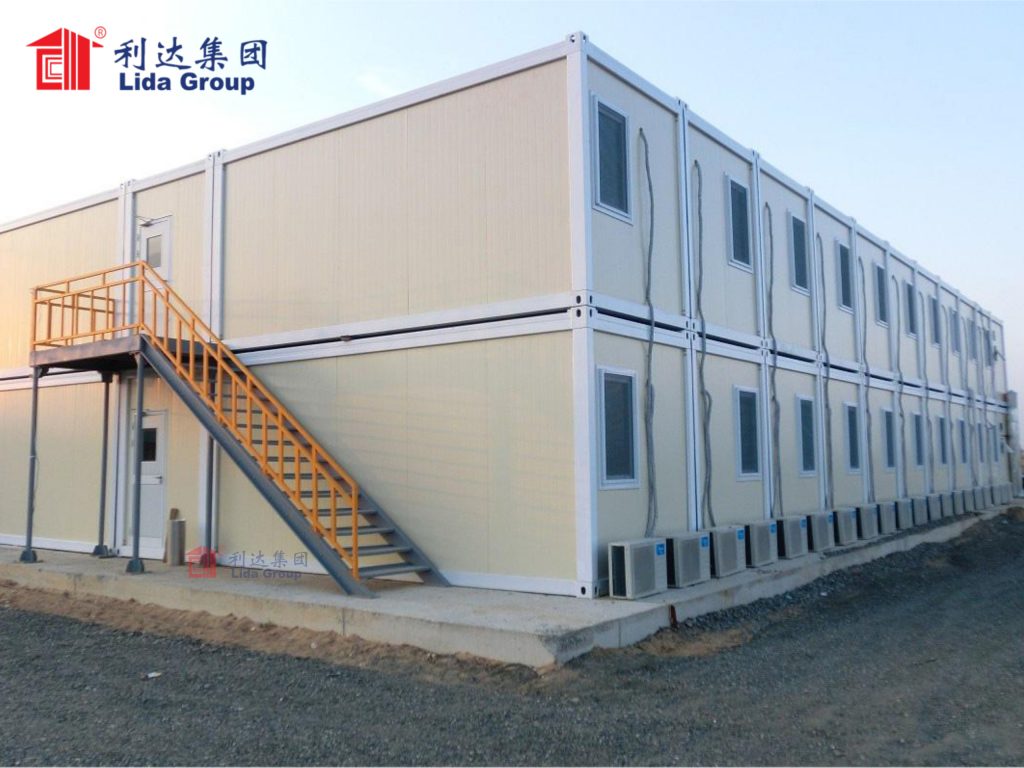
Technical Performance
During initial deployment, evaluation crews monitored unit performance under extreme climatic stress testing. Simulating 100 mm/hr rainfall, composite panel joints exhibited no leakage or structural compromise up to code-compliant wind loads. Exposed to typhoon-force gusts for 72 hours, homes remained securely anchored without component damage or hazardous conditions developing internally. Thermal imaging confirmed stable indoor temperatures versus wide outdoor fluctuations.
One year into the pilot program, crews inspected initial deployment locations. Demounted module components displayed negligible wear with simple cleaning restoring like-new condition. Redeployed units continue meeting all structural integrity and habitability standards. Solar kits generate excess power daily even through multi-day overcast periods thanks to integrated batteries. Reinforced designs withstand impacts from flying debris that commonly damage fragile evacuation shelters.
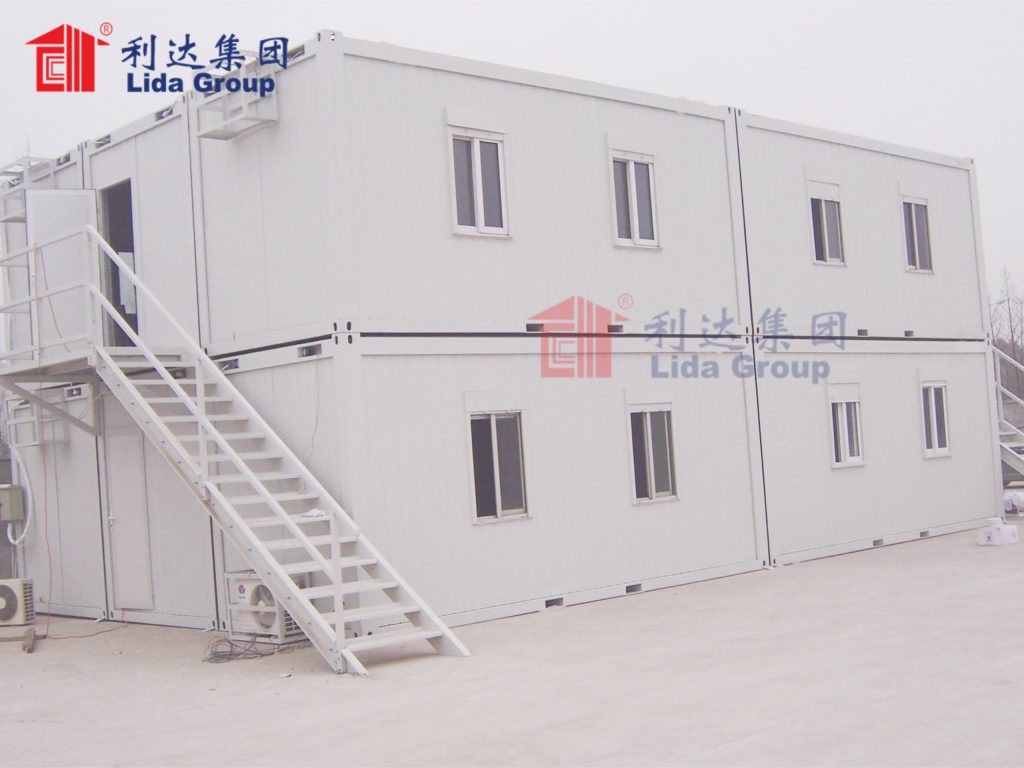
Sustainability Outcomes
By design, Lida prefab homes optimize reuse through standardized demountable construction. Durably engineered modular components withstand multiple deployment-reuse cycles over expected 20-year design life—far surpassing typical temporary shelters. Contrasting mass-produced single-use materials, this approach utilizes fewer overall construction materials per capita sheltered while fostering social and economic development through maintained local employment.
Self-powered functionality eliminates infrastructure dependencies that hamper rapid mass sheltering. Setting up semi-permanent autonomous housing anywhere required eases logistics compared to connecting temporary shelters to vulnerable electric grids or fuel supply lines. Reliable power empowers work, education and daily activities vital for wellness and community recovery even amid disruption.
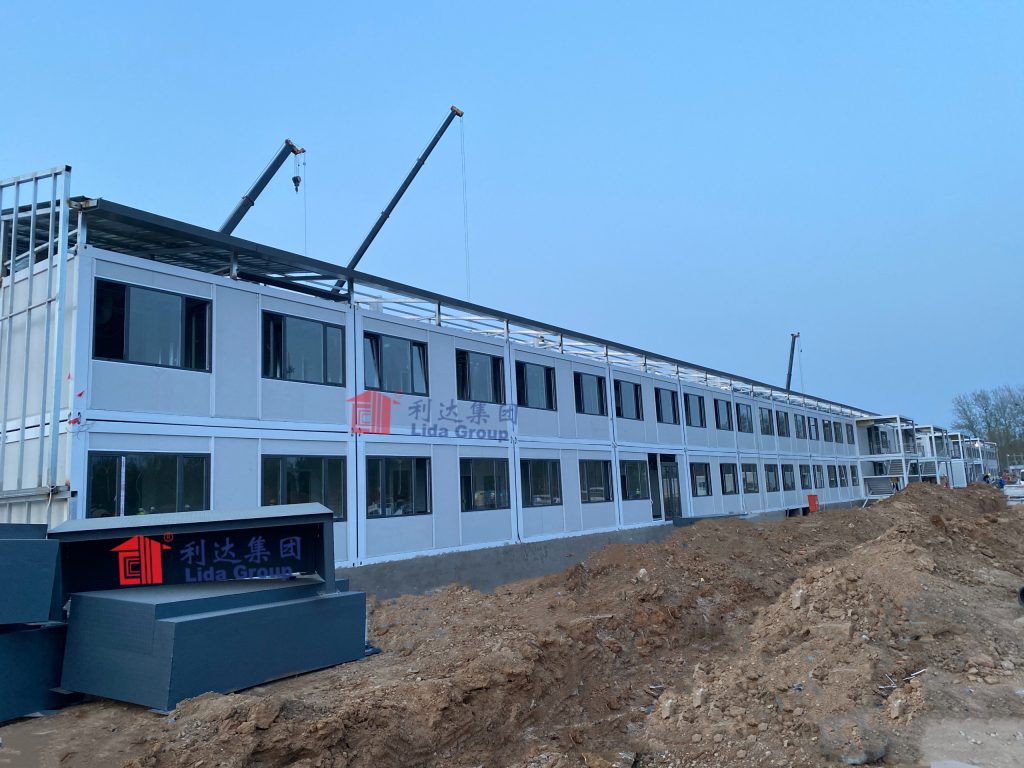
Government Response
Two years into the successful pilot program, officials report widespread praise and demand for Lida prefab homes across disaster-impacted regions. Commending houses’ dignified shelters, resilience and environmental advantages, the Ministry approved nationwide scale-up and integration into standardized disaster response plans. Additional manufacturers licensed the patented construction techniques to boost annual output.
Philanthropic and development organizations now partner to pre-position stockpiles at strategic logistics hubs worldwide. Advanced ordering, training and community preparation enable housing entire at-risk populations within 48 hours of weather warnings—an unprecedented timeframe for mass shelter deployment. Further initiatives focus using homes’ sustainable modular design and renewable energy principles for broader applications uplifting underserved groups globally.
In summary, the Lida Group prefab home pilot demonstrated a viable sustainable transitional housing model providing secure, dignified interim shelter rapidly and affordably after floods or disasters. Durable standardized construction optimized for reuse cycle after cycle performed exemplarily under real-world stresses. Solar power independence and minimal site preparation needs eases logistical burdens versus conventional approaches. Widespread scaling now moves this prefabricated housing innovation from testing toward truly revolutionizing disaster sheltering and community development worldwide through enhanced resilience, access and environmental stewardship. Sustainably engineered modular construction shows potential empowering displaced populations for generations to come.

Related news
-
Technical paper evaluates Lida Group's optimized process for mass manufacturing integrated prefabricated shelter modules deployed as high quality relocatable housing.
2024-08-26 16:05:57
-
Engineers evaluate Lida Group's demountable modular construction system featuring standardized enclosed living units assembled rapidly on-site from repurposed freight modules.
2024-08-27 13:46:51
-
White paper assesses applications of Lida Group's panelized construction techniques for multi-unit transitional settlements integrated with communal facilities.
2024-08-26 16:09:19
contact us
- Tel: +86-532-88966982
- Whatsapp: +86-13793209022
- E-mail: sales@lidajituan.com


